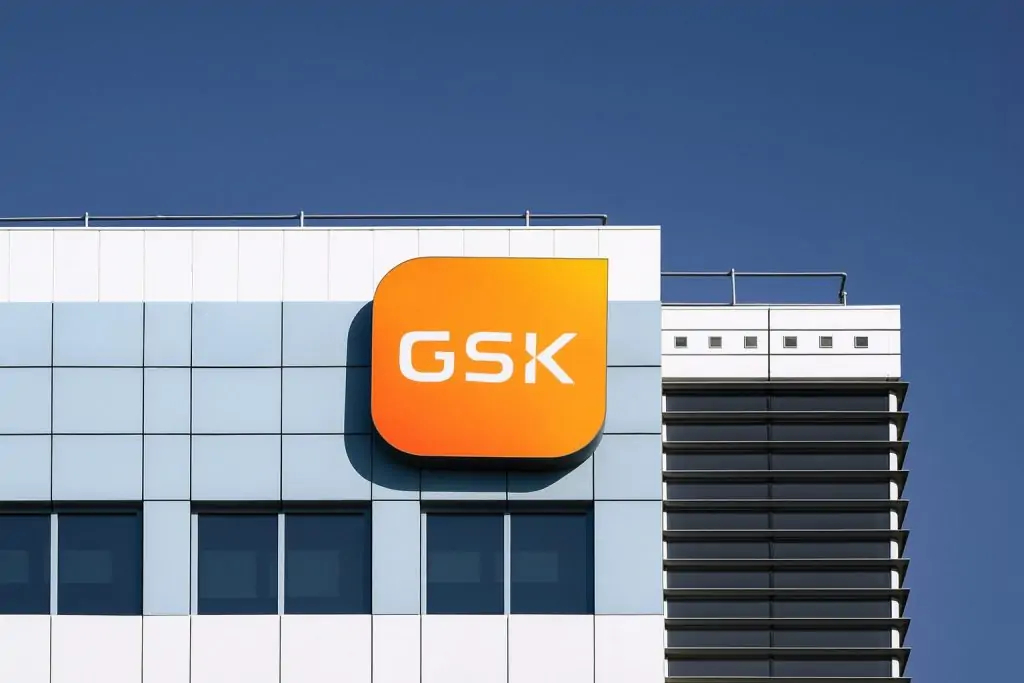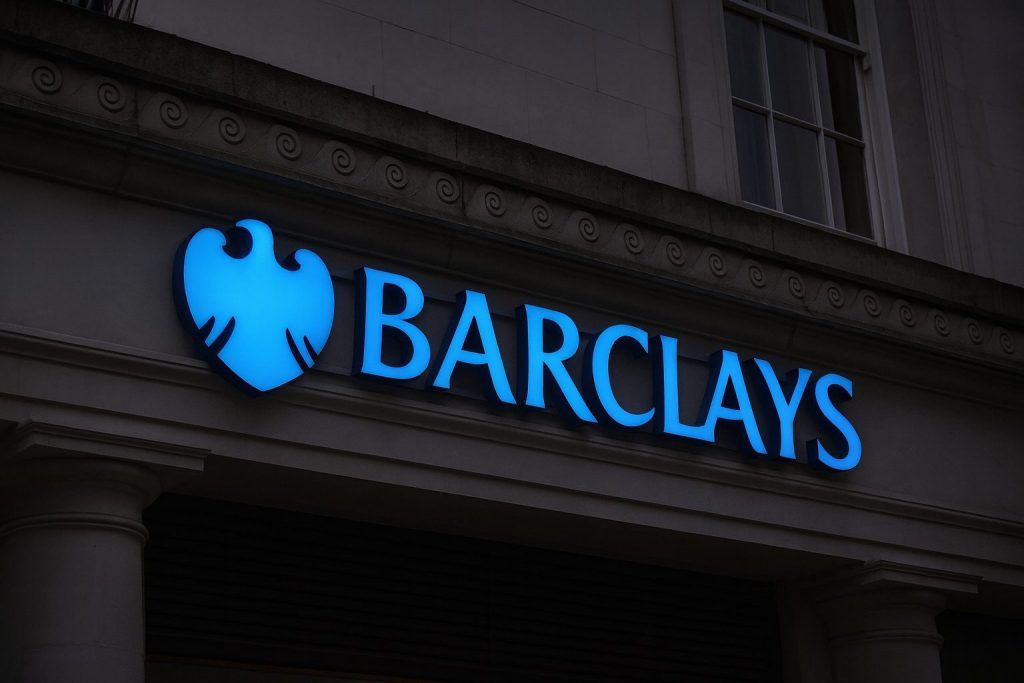London, 28 November 2025 — RELX PLC (LON: REL, NYSE: RELX), the FTSE 100 information‑analytics group behind brands such as LexisNexis and Elsevier, is trading close to its 52‑week lows today even as buybacks, analyst ratings and valuation screens increasingly cast the stock as a potential bargain. [1]
RELX share price today: hovering near the bottom of its range
By mid‑morning on Friday, RELX shares on the London Stock Exchange were changing hands at about 3,033.5p, fractionally lower on the day. At that level, the stock sits only around 0.75% above its 52‑week low of 3,011p and roughly 28% below the 4,205p high touched earlier in the year. Over the past 12 months, the Financial Times calculates a price decline of just under 18%. [2]
At today’s price, RELX carries a market capitalisation of roughly £55bn, trades on a trailing price/earnings multiple just under 30x, and offers an indicated dividend yield of about 2.1% based on a forecast annual payout of 64.3p per share. [3]
In the US, the company’s NYSE‑listed American Depositary Receipt last closed around $40.18. That leaves the ADR very close to its 12‑month low of $39.31 and well below a 52‑week high of $56.33. MarketBeat’s price snapshot for Friday shows an opening trade near $40.19, with the stock sitting under both its 50‑day and 200‑day moving averages (roughly $44 and $49 respectively), underscoring how far the shares have fallen relative to their recent trend. [4]
‘Black Friday bargain’ status in valuation screens
Despite that weak chart, fresh work published today by IFA Magazine, drawing on analysis from trading platform IG, places RELX among a list of “Black Friday bargain” UK stocks: businesses with strong long‑term returns whose valuations have moved to a discount versus their own history. [5]
In IG’s table, RELX shows: [6]
- Five‑year total shareholder return of about 91% (share price growth plus dividends).
- Year‑to‑date share price performance of –13.6%.
- A current P/E ratio of 30.2x, trading at roughly a 13% discount to its five‑year average P/E, implying that investors are now paying less for each pound of earnings than they have historically, even though the long‑term return record remains strong.
This framing is similar to other recent commentary noting that the de‑rating in RELX has largely come through the multiple, not through an obvious collapse in profits. TechStock²
Analyst sentiment: consensus ‘Buy’ despite pullback
Wall Street research coverage remains broadly constructive. An automated alert from MarketBeat this morning highlights that six brokerages currently cover the RELX ADR, with an average recommendation of “Buy”. One analyst rates the shares “Strong Buy”, four rate them “Buy” and one has them at “Hold”, leaving the overall tilt of formal coverage still positive even after the recent slide. [7]
The same note flags the ADR’s 12‑month trading range of about $39.3–$56.3 and lists 50‑day and 200‑day simple moving averages near $44.3 and $48.9 respectively, indicating that the stock is trading meaningfully below both short‑ and long‑term trend lines. [8]
On the fundamental side, Simply Wall St reiterated on Thursday that, using a discounted cash‑flow model based on analyst projections, RELX could be trading at roughly a 28% discount to intrinsic value, with fair value estimated around £42 per London share versus a spot price near £30. Their write‑up also emphasises that RELX’s earnings growth has outpaced the broader industry, that dividends appear well covered, and that revenue is forecast to grow faster than the wider UK equity market. [9]
Institutional investors continue to add
A second MarketBeat alert released today focuses on institutional activity around the stock. Cetera Investment Advisers disclosed that it increased its RELX holding by about 20.7% in the latest reported quarter, purchasing an additional 11,096 ADRs to bring its position to 64,809 shares, worth approximately $3.5m at the time of the filing. [10]
The article notes that other large investors have also been adding to positions. Goldman Sachs, Ameriprise Financial, Northern Trust and Natixis Advisors all increased their stakes, while quantitative trader ABC Arbitrage boosted its position by nearly 189%. Taken together, hedge funds and other institutions now hold just over 15% of RELX’s stock, according to MarketBeat’s compilation of 13F filings. [11]
2025 buyback programme hits a key date
Alongside external buying, RELX itself has been a major buyer of its own shares this year. A regulatory announcement on 24 July set up an irrevocable, non‑discretionary buyback programme under which J.P. Morgan Securities was instructed to repurchase up to £425m of ordinary shares between 24 July and 28 November 2025. This followed earlier non‑discretionary programmes of £300m (April–June) and £175m (June–July), all part of a plan to deploy £1.5bn on share buybacks in 2025. [12]
Detailed “transaction in own shares” notices this week confirm that the programme has remained active into its scheduled final days:
- 26 November 2025: RELX repurchased 60,800 shares on the London Stock Exchange at prices between 3,023p and 3,075p, for a volume‑weighted average price of about 3,041.1p. After this, the company held 58,996,289 shares in treasury and had repurchased 39,388,619 shares since 2 January 2025. [13]
- 27 November 2025: A further 61,500 shares were bought back at between 3,025p and 3,045p, with a volume‑weighted average of about 3,036.1p. Treasury shares rose to 59,057,789, and cumulative 2025 repurchases reached 39,450,119 shares. [14]
Unless a new mandate is announced, the current £425m programme is scheduled to run through today, 28 November 2025, making any follow‑up guidance on 2026 capital returns a key near‑term focus for investors. [15]
Fundamentals: growth underpinned by data and AI
The company’s most recent official trading update on 23 October 2025 painted a picture of solid operating momentum. For the first nine months of 2025, RELX reported underlying revenue growth of 7% at constant currency. All four divisions contributed: [16]
- Risk: revenue up 8%, driven by strong demand in financial crime compliance, digital fraud and identity solutions, and insurance analytics.
- Scientific, Technical & Medical (STM): revenue up 5%, supported by data and analytics tools, databases and a positive trend in journal submissions.
- Legal: revenue up 9%, reflecting continued adoption of analytics‑heavy offerings such as Lexis+ AI and the Protégé legal assistant across law‑firm, corporate and government customers.
- Exhibitions: revenue up 8%, with trade shows and digital extensions now firmly back in a growth phase.
Management reaffirmed its expectation of another year of strong underlying growth in revenue and adjusted operating profit, with adjusted earnings per share also expected to rise at constant exchange rates. [17]
Earlier in the year, first‑half results to 24 July 2025 showed revenue of £4,741m, up 7% on an underlying basis, and adjusted operating profit of £1,652m, up 9%, lifting the adjusted operating margin to 34.8% from 34.1% a year earlier. [18]
RELX continues to emphasise its long‑running strategic shift away from traditional print publishing toward higher‑growth analytics and decision tools, many of which now incorporate machine learning and generative AI. A recent example is LexisNexis Risk Solutions’ launch of Medical Insights for its Health Intelligence platform, announced on 11 November. The product automatically standardises and extracts clinical data from electronic health records to help life insurers speed up underwriting, improve risk assessment and feed richer structured data into rules engines and predictive models. [19]
Technical picture: models stay cautious
While fundamentals and capital returns look supportive, several technical services remain wary. StockInvest’s analysis of the London‑listed shares (ticker: REL.L) currently labels the stock a “sell candidate”. Its model notes that RELX has fallen in seven of the last ten trading days and is trading in the lower part of a wide, falling short‑term trend channel. Based on recent volatility, the site projects that the shares could decline by roughly 10–11% over the next three months, with a 90% probability range between about 2,665p and 3,014p. It highlights accumulated volume support near 3,028p and resistance around 3,136p. [20]
The New York‑listed ADR receives a similarly negative technical score. StockInvest’s US analysis notes that RELX has been rated a sell candidate since mid‑November, with the price anchored in the lower band of a falling trend and trading below its long‑term moving average. The model sketches a potential three‑month downside of around 13%, with a projected range of roughly $34–38, even though a short‑term “pivot bottom” signal appeared on 20 November. [21]
How the market is reading RELX today
Taken together, the signals around RELX on 28 November 2025 are mixed:
- Fundamentals remain robust, with high‑single‑digit revenue growth, rising margins and a business mix increasingly oriented toward AI‑enabled analytics and mission‑critical decision tools. [22]
- Capital returns are substantial, with a £1.5bn 2025 buyback programme and a progressive dividend policy that currently yields a little over 2% in London. [23]
- Valuation has de‑rated: the shares now trade close to 52‑week lows, on a P/E multiple that sits below their five‑year average, and independent models such as Simply Wall St’s DCF framework point to potential undervaluation. [24]
- Market mood is cautious in the very short term, with technical indicators flashing warning signals and quant‑driven models projecting further downside even as institutions continue to build positions on weakness. [25]
For investors and traders, the immediate questions are likely to centre on three areas:
- Capital allocation – whether RELX chooses to extend or refresh its non‑discretionary buyback programme as the current £425m tranche reaches its scheduled end on 28 November. [26]
- Momentum – whether the share price can stabilise and break back above key moving averages if selling pressure from technical strategies eases. [27]
- 2025 full‑year results – expected in the first part of 2026, which will show whether the company can sustain high‑single‑digit revenue growth and double‑digit profit growth as AI‑driven products, risk analytics and digital workflow tools deepen their penetration. TechStock²+2Relx+2
Whatever the near‑term direction of the share price, RELX remains a high‑profile bellwether for the broader theme of data‑ and AI‑driven information services — a sector where valuation, regulation and innovation will continue to interact in complex ways.
References
1. markets.ft.com, 2. markets.ft.com, 3. markets.ft.com, 4. stockinvest.us, 5. ifamagazine.com, 6. ifamagazine.com, 7. www.marketbeat.com, 8. www.marketbeat.com, 9. simplywall.st, 10. www.marketbeat.com, 11. www.marketbeat.com, 12. www.businesswire.com, 13. www.investegate.co.uk, 14. www.investegate.co.uk, 15. www.sec.gov, 16. www.relx.com, 17. www.relx.com, 18. www.relx.com, 19. www.stocktitan.net, 20. stockinvest.us, 21. stockinvest.us, 22. www.relx.com, 23. www.businesswire.com, 24. markets.ft.com, 25. stockinvest.us, 26. www.sec.gov, 27. stockinvest.us










